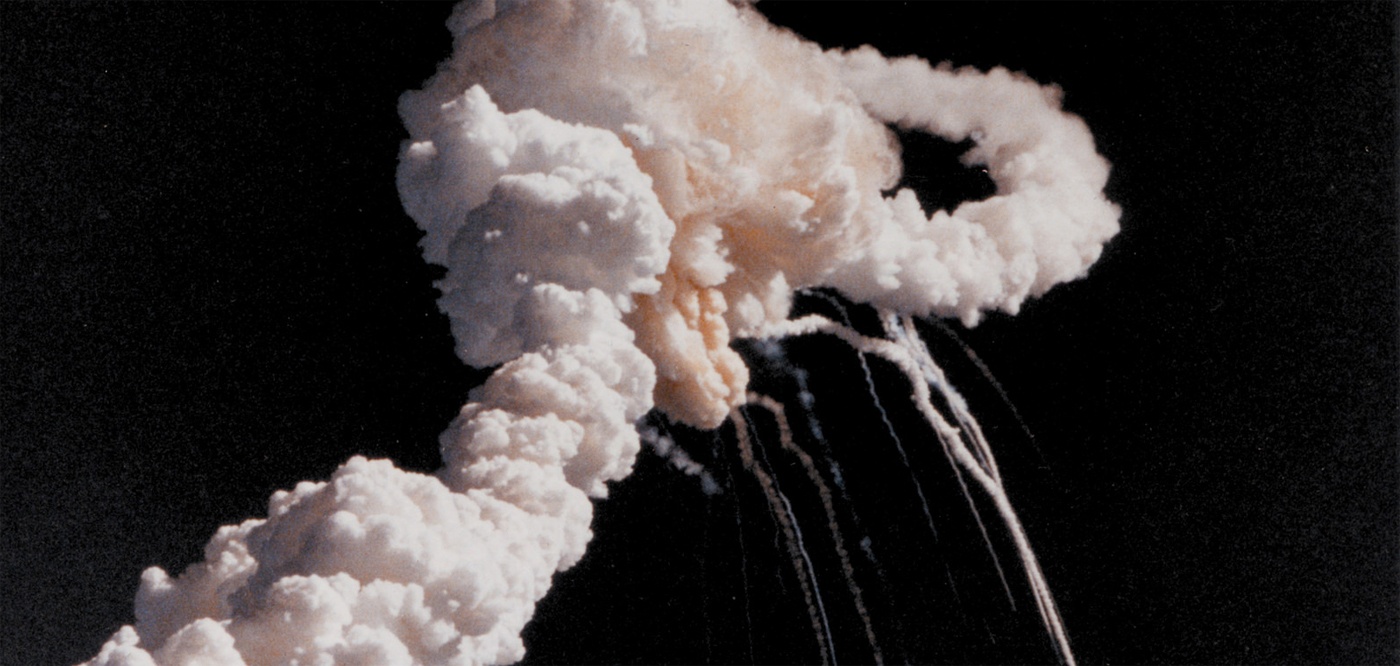Bright Machines
I built model spacecraft, when I was younger—Saturn rockets,
moon landers, capsules of all eras. I flew them through my bedroom,
my hand the only fuel they needed to soar. And when the television
showed shuttles taking off, their gleaming smoke arcing
over the darkening peninsula, I let myself believe I was part of it.
I wasn’t the only kid who saw himself
shining back from the black visor of an astronaut’s helmet.
But I felt like I had a better connection than most
because my uncle actually worked with the shuttles.
He was an engineer, oversaw repairs at Kennedy Space Center.
Back then I wouldn’t have said it like this,
but I thought my uncle was a bridge between me
and the sky. I saw pictures of the shuttles fastened to the backs of 747s,
heading home from California, and I knew he was there
with them. And that meant I was there too.
When Columbia broke into a burning rain over Louisiana,
fell in pieces into a thousand pastures and backyards,
my uncle joined the search party. It was not a rescue mission. It couldn’t be.
The searchers brought the wreckage back to Kennedy,
laid it out in an empty hangar. Separated, catalogued
what was left. And while the debris was still on display,
my uncle took me to see it. We shuffled into the hangar,
two silences in a line of silences. Pathways of black tape
directed our slow procession. On the floor
and on tables, the wreckage lay in labeled piles. Bricks
of heat shield, twisted pieces of metal. Foam insulation—
the same kind of foam that knocked loose on takeoff,
let the atmosphere in as the astronauts tried to make their way
back home. No shredded spacesuits. No broken helmets,
though I knew the search parties found them as they combed through
the scattered landscape. I knew because my uncle told me.
He said he never imagined bringing the shuttle
and the crew home like this—as bags and boxes. As scrap.
If I stared long enough at the individual cordoned-off parts, I got lost
in the infinitesimal. Almost forgot what I was looking at, and the wreckage
started to resemble the same mangle of nails and screws
one might find strewn across a tool shed work bench,
or stuffed in a coffee tin on a hobbyist’s desk.
But this wasn’t one of my models, and my uncle wasn’t a bridge.
And the bright machine, which seven men and women disappeared into,
was lying in charred pieces at our feet.
I put away my models after that. Stopped building them.
I still watched launches, but they were different,
their smoke was serious and distant and I wasn’t part of it.
And the shuttles flew, one way or the other.
Self-Portrait
Fresh scar of dawn. Laughing gulls hovering the shore,
leafing through the Gulf’s washed-up burdens—bloated groupers,
moon jellies scattered in the salt-foam sand like the fogged windows of houses
through which almost nothing can be seen.
If I could remember
where I’d buried my heart, I wouldn’t stand here with my hands in my pockets.
I’d scatter the gulls. I’d start to dig.

